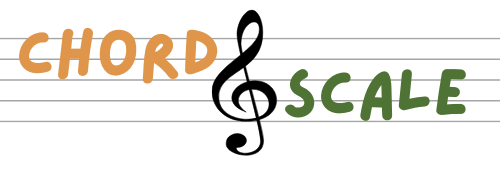The D major chord is a foundational triad in Western music, comprising the notes D, F♯, and A. This chord is built on the first (root), third (major third), and fifth (perfect fifth) degrees of the D major scale. Its bright and stable sound makes it a staple in various musical genres, from classical to contemporary. In the key of D major, the D major chord serves as the tonic (I) chord, establishing the tonal center and providing a sense of resolution. On the piano, it can be played by pressing D, F♯, and A simultaneously, while on the guitar, it’s commonly played in the open position with the standard fingering of xx0323. The D major chord’s harmonious intervals contribute to its uplifting and consonant character, making it a versatile choice for chord progressions and melodies.
Name: D major chord
Symnonyms:: D major triad
Notes: D, F♯, A
Intervals: 1, 3, 5
Chord symbol: D
Type: Triad (three-note chord)
D major chord on the Staff
D major chord on Piano
D major chord on Guitar
D major chord on Ukulele

Rowan Ellis is a musician and educator with a passion for exploring the language of harmony and melody. With years of experience across classical, jazz, and contemporary styles, Rowan breaks down music theory into clear, practical insights. His goal is to make chords and scales less intimidating and more inspiring for every musician.
